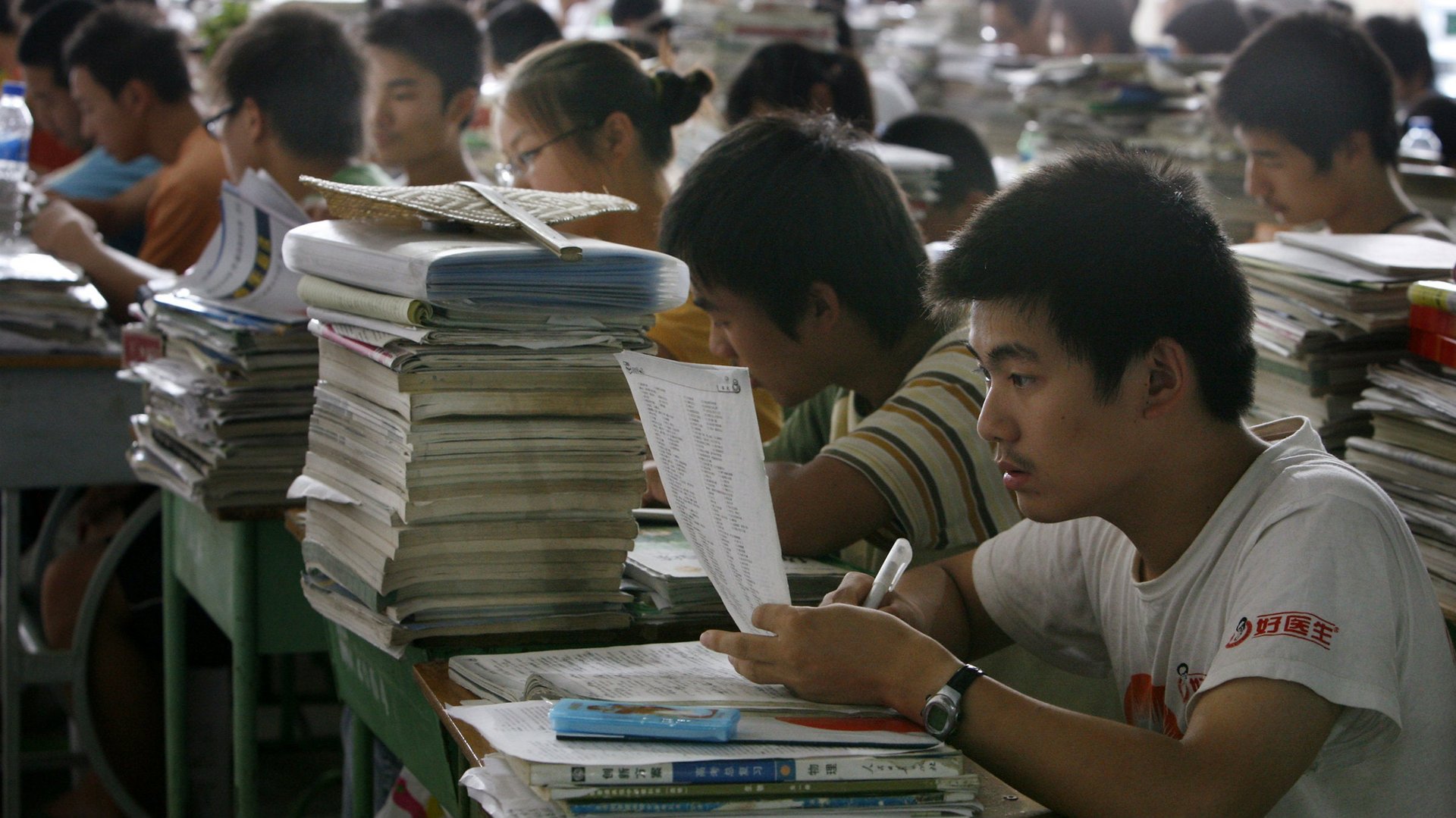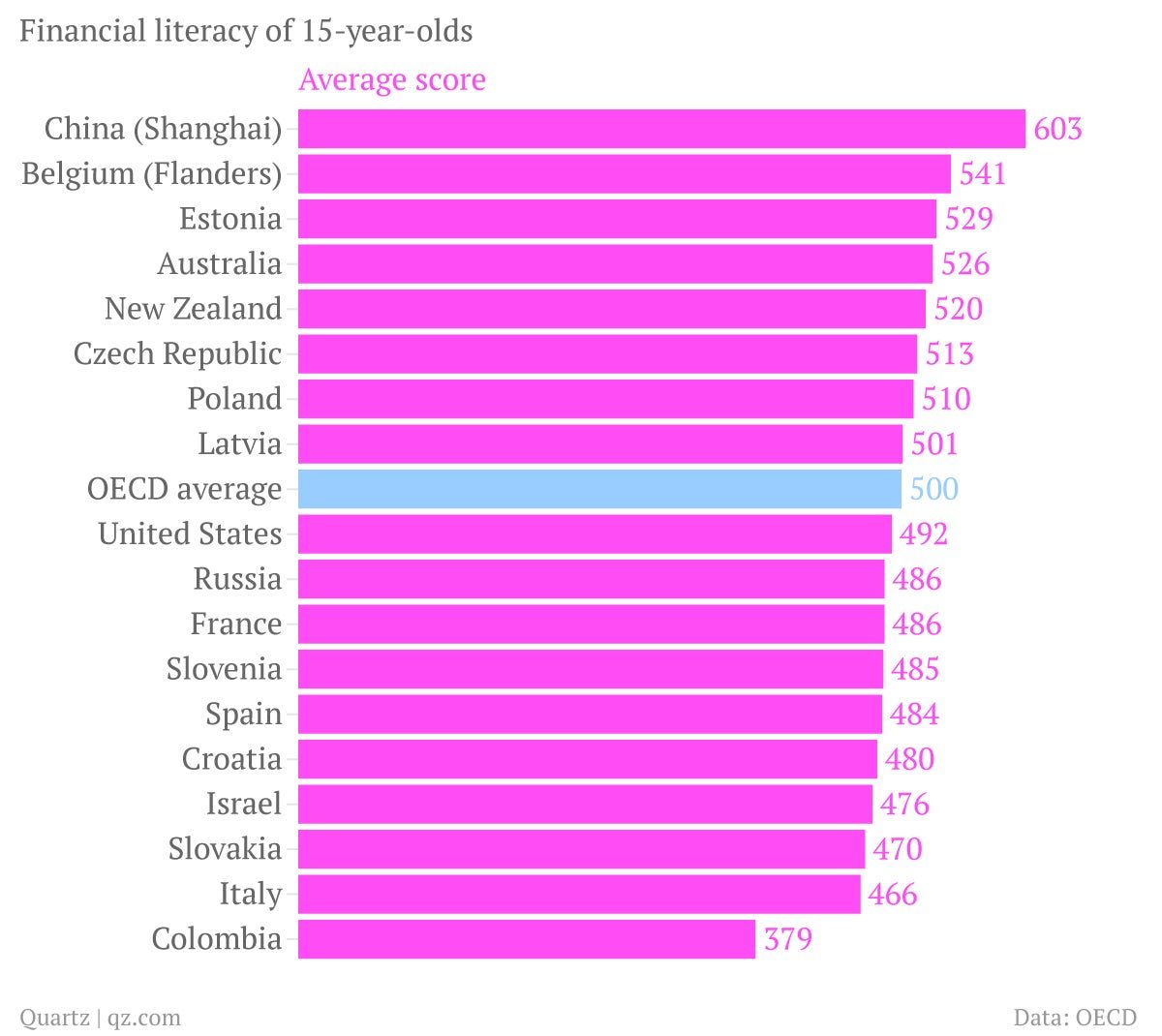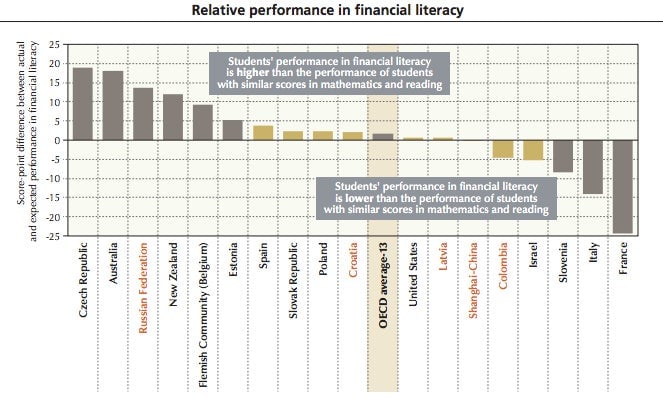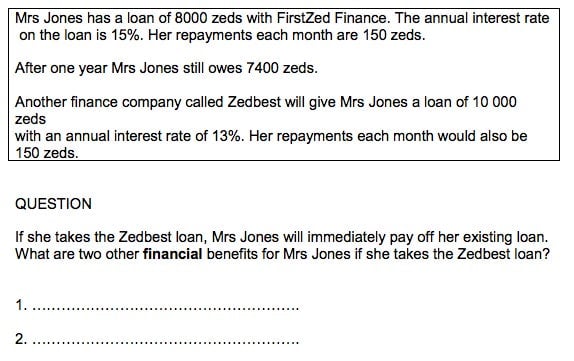Just because teenagers are good at math doesn’t mean they can manage money
News flash: 15-year-olds aren’t particularly good with money. Some are better than others, though, and kids in Shanghai are the savviest of the lot (relatively speaking).


News flash: 15-year-olds aren’t particularly good with money. Some are better than others, though, and kids in Shanghai are the savviest of the lot (relatively speaking).
The OECD just published the results of its first-ever financial literacy test, quizzing nearly 30,000 teenagers in 18 countries about various financial concepts. Only one in 10 got the highest score, which according to the OECD means that they “can solve non-routine financial problems, such as calculating the balance on a bank statement… and can demonstrate an understanding of the wider financial landscape, including the implications of income-tax brackets.” At the other end of the scale, 15% of 15-year-olds basically flunked the test, leaving them “unable to make even simple decisions about everyday spending.”
In the rankings, kids in Shanghai scored the highest overall in terms of financial literacy. This isn’t an entirely fair comparison, given that it pits students from all over other countries against those from China’s business capital. Still, the table doesn’t make for happy reading in Colombia, where teenagers are the most confused by money matters:

Encouragingly, though, the OECD finds that the gender gap in financial literacy is smaller than for mathematics and reading; boys and girls are roughly equally adept at understanding financial concepts (except, that is, in Italy).
But it’s also notable that teenagers who are good at math and reading aren’t automatically good at applying these skills to real-world financial problems. Australia and the Czech Republic make a concerted effort to promote financial literacy as a separate subject in school, the OECD notes, and it shows in the rankings—students in those countries rank much higher on money matters than their math and reading scores would suggest. The opposite is true in France and Italy:

Before you scoff at the test results, take this sample question from the hardest part of the test—answer correctly and according to the OECD you have demonstrated financial mastery (for a 15-year-old):

The answer is on page 13 of this PDF. No peeking.